“There are three things that grow more precious with age; old wood to burn, old books to read, and old friends to enjoy.” — Henry Ford
In the past, Indo-US relations were overshadowed by Cold War politics. The Indo-Soviet friendship and the US-Pak alliance were the two major irritants. Though ‘aid relations’ prevailed during 1950s and 1960s, New Delhi and Washington saw each other on opposite sides of the fence during this period. However, Presidents Kennedy and Lyndon Johnson were in favour of maintaining good relations with India. Recently declassified papers show that Kennedy was more greatly interested in India than Pakistan. The Sino-Indian dispute in 1962 brought about enhanced bilateral cooperation between the two countries. But the 1965 Indo-Pak War undid everything; Washington lost interest in the region. Though President Carter showed some interest, the Afghan war witnessed US political support tilting again towards Islamabad. Ronald Reagan literally wrote off India.
Though there is the burden of history, the US is no longer looked upon as “interventionist” by India. One reason could be the presence of BJP governments in New Delhi. India is viewed as the largest democracy and emerging economic power, despite its numerous domestic problems. It is also seen as a reliable and potential partner in Asia if US relations sour with China. The Bush regime has “rediscovered” India. The Indian Americans’ role is significant in boosting India’s image in the US from a ‘land of the poor’ to the ‘country of brains’. PIO/NRIs are especially admired for their contributions to information technology. They are better organized than before through the India Caucus, which now includes 130 members of the House of Representatives.
The India-U.S.partnership is founded on a shared commitment to freedom, democratic principles, equal treatment of all citizens, human rights, and the rule of law. The United States and India have shared interests in promoting global security, stability, and economic prosperity through trade, investment, and connectivity. The United States supports India’s emergence as a leading global power and vital partner in efforts to ensure that the Indo-Pacific is a region of peace, stability, and growing prosperity. The strong people-to-people ties between our countries, reflected in a four million-strong Indian American diaspora, are a tremendous source of strength for the partnership. In December 2019, the United States hosted the second 2+2 Ministerial Dialogue in Washington led by the U.S. Secretaries of State and Defense and their Indian counterparts, at which both sides reaffirmed India’s status as a Major Defense Partner and deepened cooperation on maritime security, interoperability, and information sharing. These include the India-U.S.Counter-Terrorism Joint Working Group, which was established in 2000 and is among our oldest government-to-government dialogues, as well as the Strategic Energy Partnership, Cyber Dialogue, Civil Space Working Group, Trade Policy Forum, Defense Policy Group, and many more. India and the United States cooperate closely at multilateral organizations, including the United Nations, G-20, Association of Southeast Asian Nations (ASEAN) Regional Forum, International Monetary Fund, World Bank, and World Trade Organization. The growing abstract power of PRC is a threat to all liberal democracies. U.S.is closely working with India, Japan and Australia to counter the threat posed by China in the South China sea.
The new US Ambassador-designate Eric Garcetti will have to deal with certain legacy issues that have kept the ever-growing relationship between the two countries at an edge. Indian and American analysts have to explore various aspects of the India-U.S. relationship, including strategic priorities, points of tension, and opportunities for greater collaboration between the two countries. The groups capped these conversations with a structured dialogue on September 3, 2020 focused on four topics: Indian defense capabilities, Russia, Southeast Asia, and the future trajectory of the India-U.S.strategic relationship.
The discussion on defense focused on two areas: India U.S.defense technology cooperation and changes underway in the Indian national security system. No significant shift is expected in the near to medium term. Both sides agreed that the India-U.S.Defense Technology and Trade Initiative (DTTI) has underperformed its goals. Indian interlocutors suggested that, traditionally, the United States has viewed DTTI as a way to sell hardware by bypassing India’s cumbersome defense acquisition process, whereas India views DTTI as a way to access privileged U.S. technology. Indian participants suggested that although high-level reforms such as the long-delayed institution of a tri-service Chief of Defense Staff (CDS) and Department of Military Affairs had taken place, these are likely to prove disruptive rather than generate the expected changes to defense restructuring amid heightened nationalism and the ongoing border crisis with China.
The past legacy has Russia loomed large with Indian policymakers remains at an impasse with the U.S. The U.S. policymakers have described Washington’s concerns on the India-Russia relationship principally focused on Indian acquisitions of Russian arms. This in part U.S. fears that Indian acquisitions aid and tacitly endorse Russian revisionist belligerence. Indian participants justified New Delhi’s relationship with Moscow on four counts: 1) ensuring continued access to spares and maintenance for India’s vast stock of Russian arms; 2) gaining geopolitical support in multilateral institutions (e.g. United Nations Security Council); 3) slowing the Russia-China defense technology relationship, and potentially driving a wedge between them; and 4) accessing or jointly-producing Russian weapons technology (e.g. nuclear submarines, advanced cruise missiles).
While India is likely to continue paying lip service to “ASEAN centrality,” its growing recognition of ASEAN’s lack of consensus demands an alternative approach. New Delhi may seek to decouple its economy from its security engagements in Southeast Asia since India cannot compete with China economically. Indian participants raised the prospect of Quad-led efforts on physical infrastructure and economic connectivity in collaboration with Southeast Asia countries. U.S. participants suggested Washington would continue to develop the Quad to shape Chinese behavior while proceeding gingerly so as not to spook others, particularly India.
On the future of the India-U.S.partnership, experts agreed on the likelihood of continued convergence in the relationship but noted some concerns on pace and priorities. Despite clear convergence on the challenge and threat posed by China, both Indian and American interlocutors remain concerned that U.S. post-election will face political turbulence and a greater focus will be there on America’s domestic challenges (e.g. COVID-19, economic recovery, and social cleavages) could result in incrementalism or drift in India-U.S.cooperation. Some Indian analysts worried that a Biden administration could rebalance some priorities in the bilateral relationship beyond the defense portfolio. Despite expected consistency in the U.S. approach to China (albeit less antagonism on trade), Indian participants anticipated greater U.S. scrutiny of Kashmir and other matters that India considers its internal affairs, suspected a diminished commitment to the Quad, and feared reprised efforts towards a G-2 arrangement with China. Washington-New Delhi ties have consistent bipartisan support in the United States and increasingly firm backing across the Indian political spectrum. Since both the countries are practicing democracies, the present global geopolitical situation will ensure India-U.S.bilateral relations to scale new heights.
As explained by Robert Kennedy, Jr: “ Democracy is messy, and it's hard. It's never easy.”
Prashant Tewari: Editor-in-Chief Opinion Express with Prof KN Ranganathan: Founder President FOTUS ( Friends of The United States )







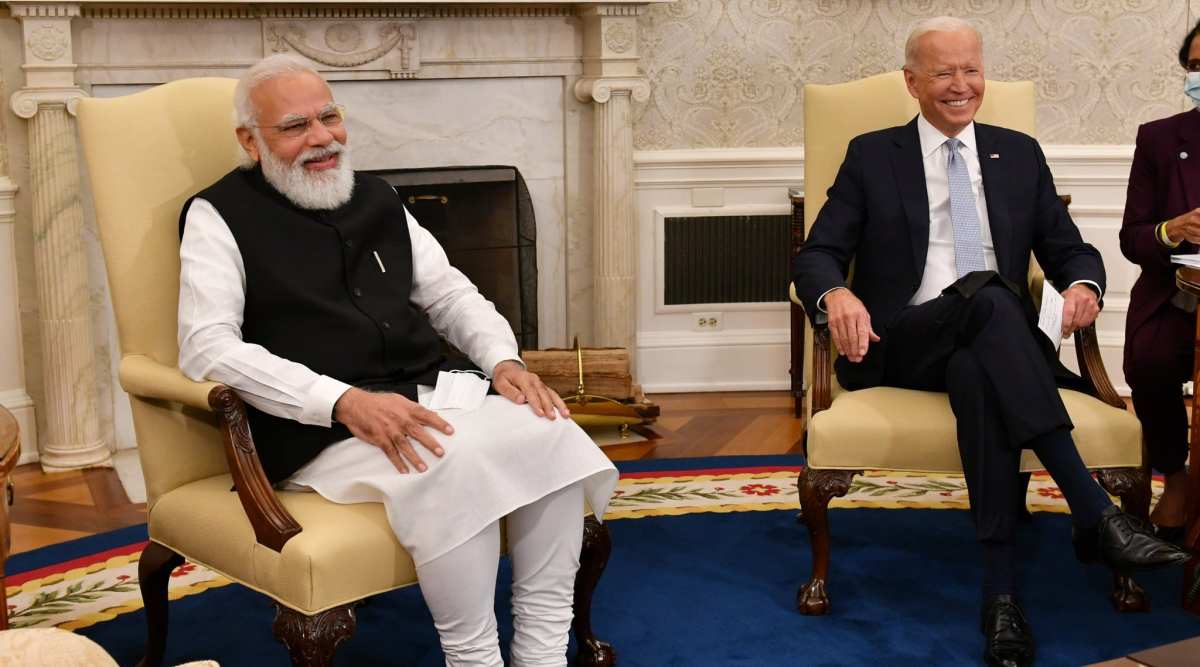
 OpinionExpress.In
OpinionExpress.In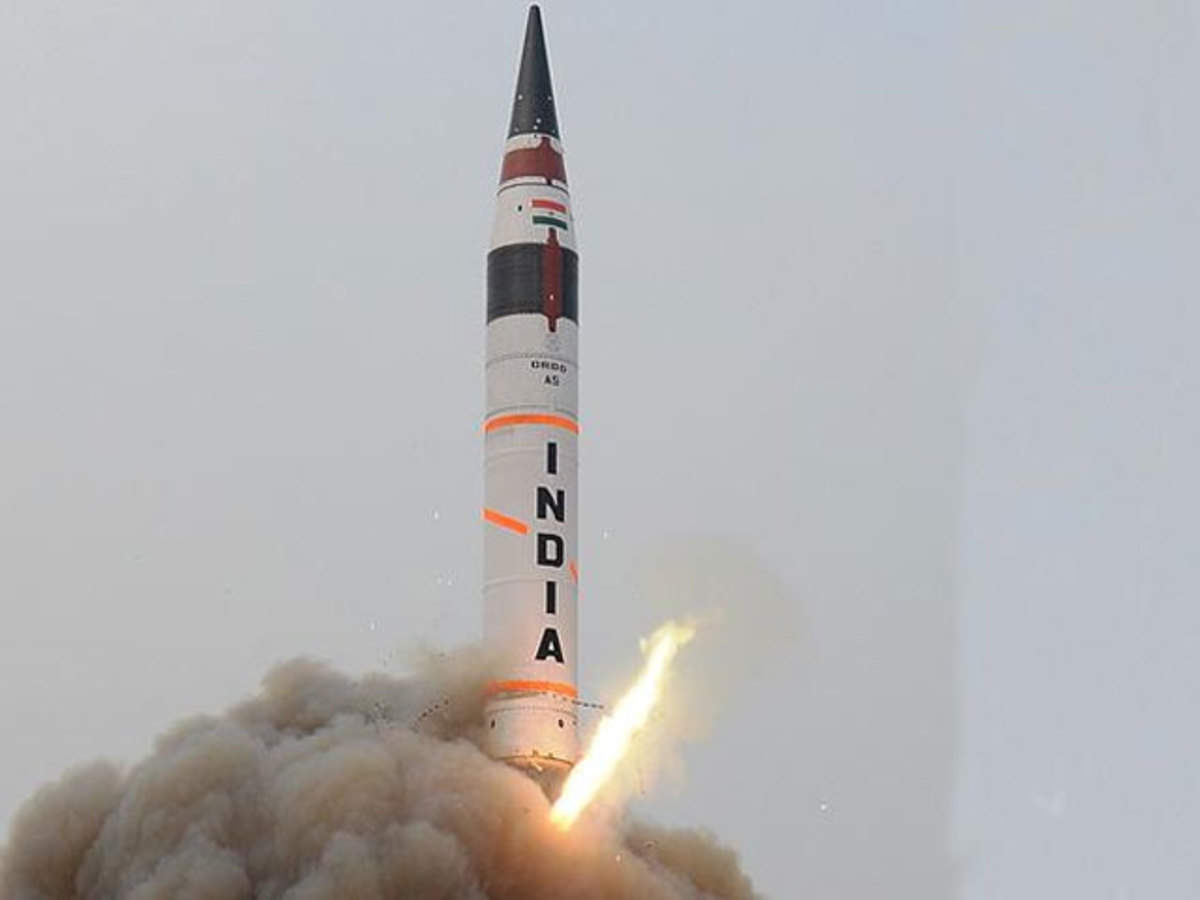
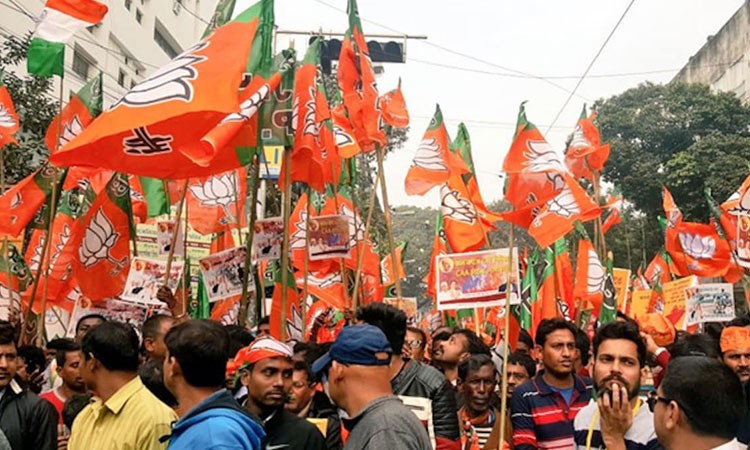
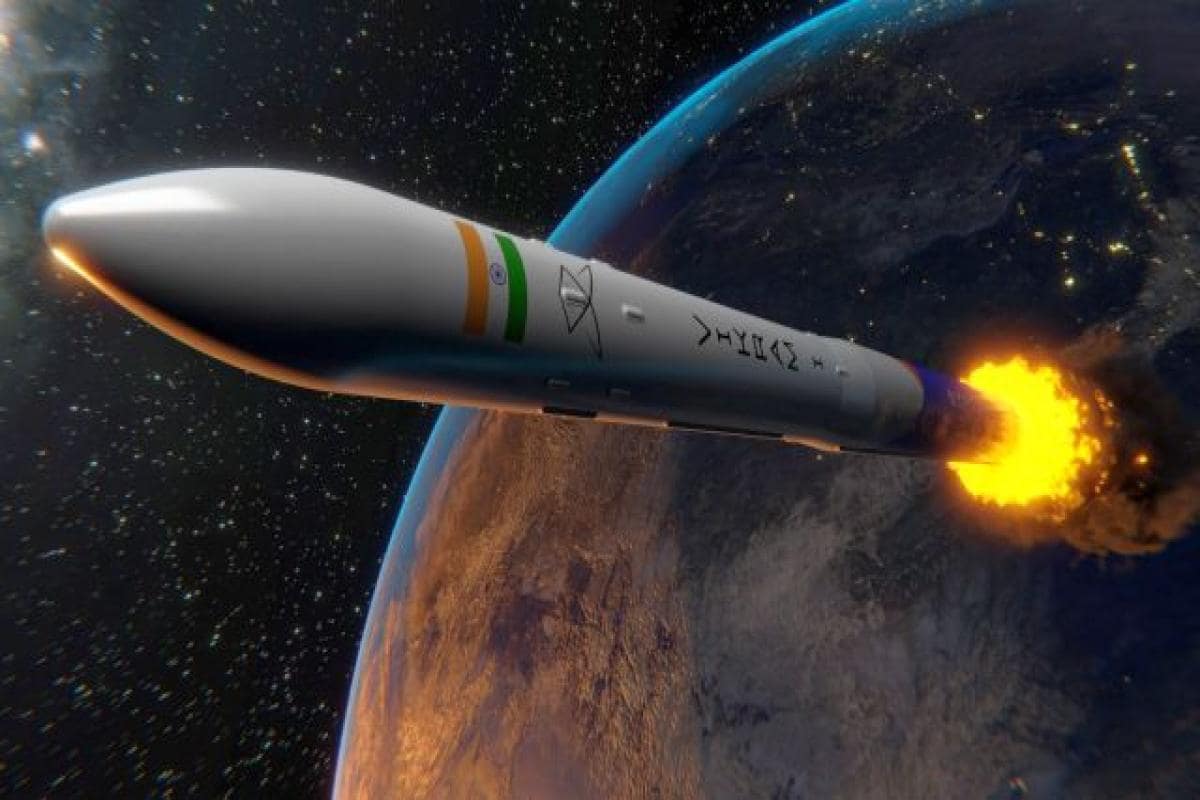
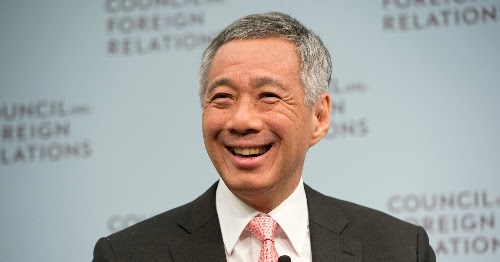
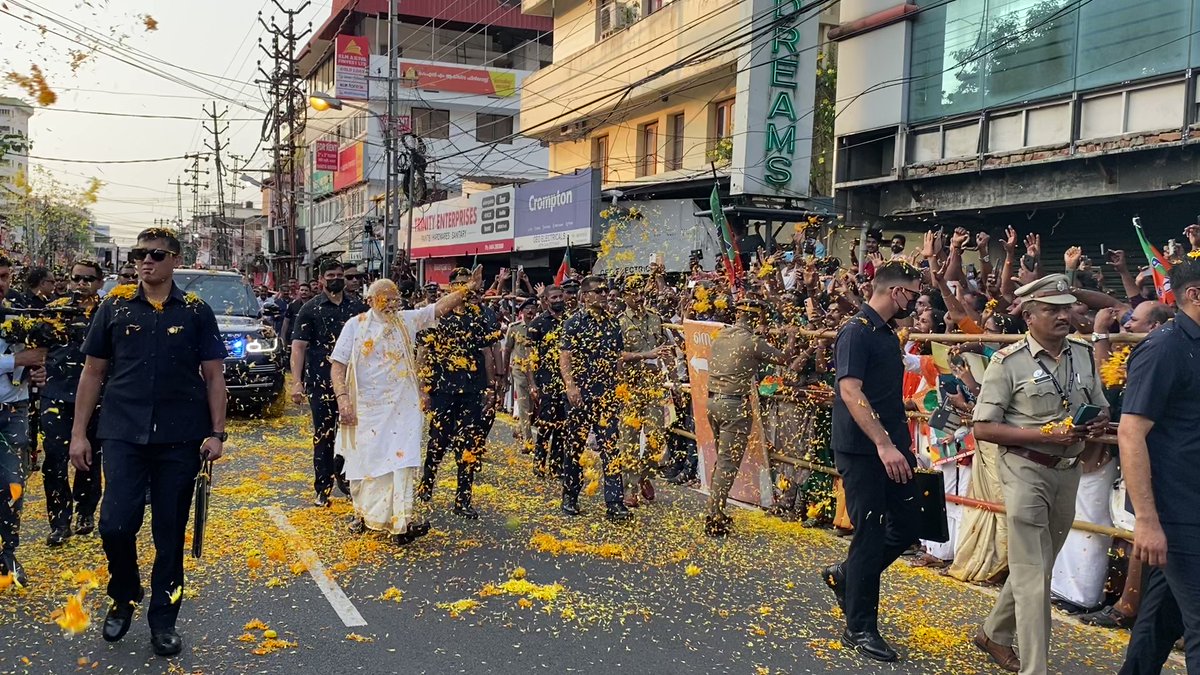
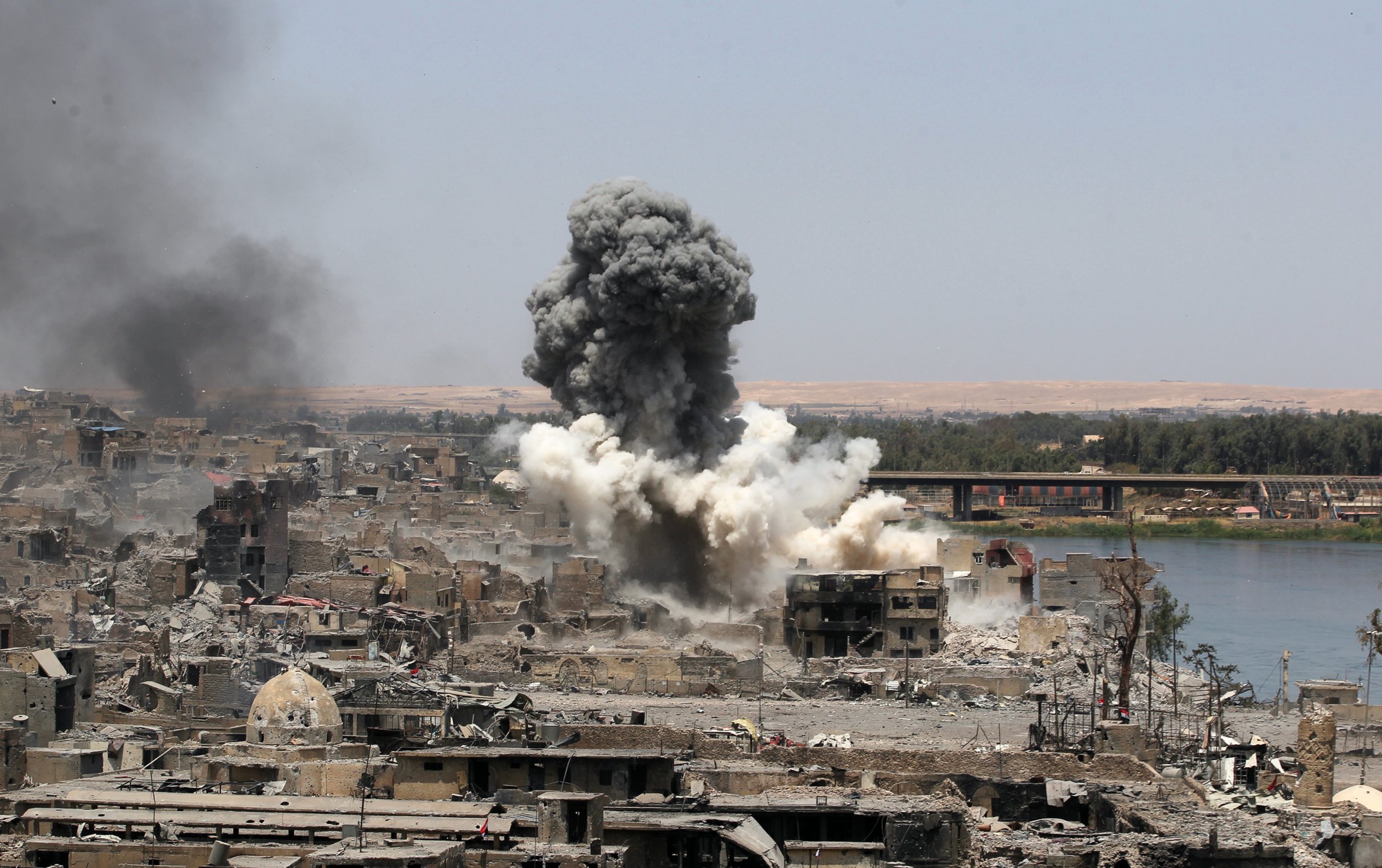
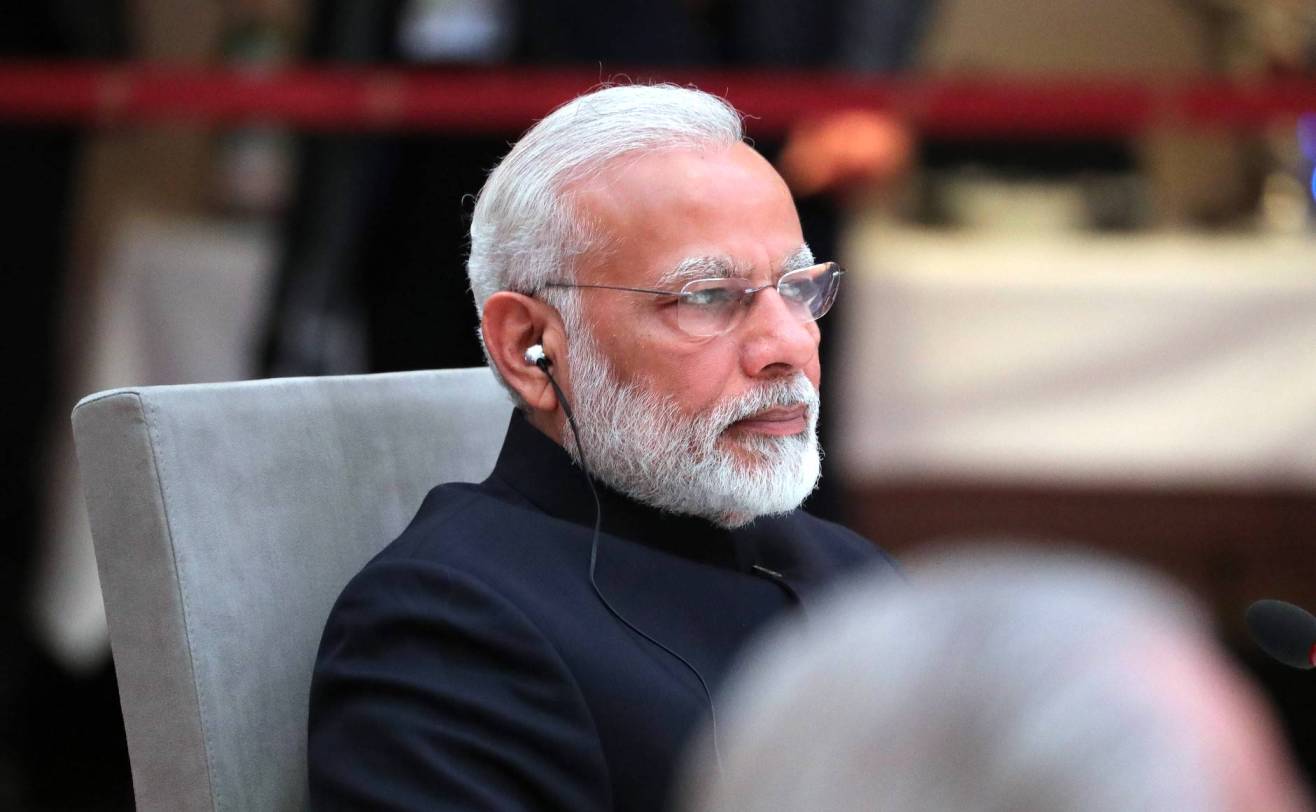
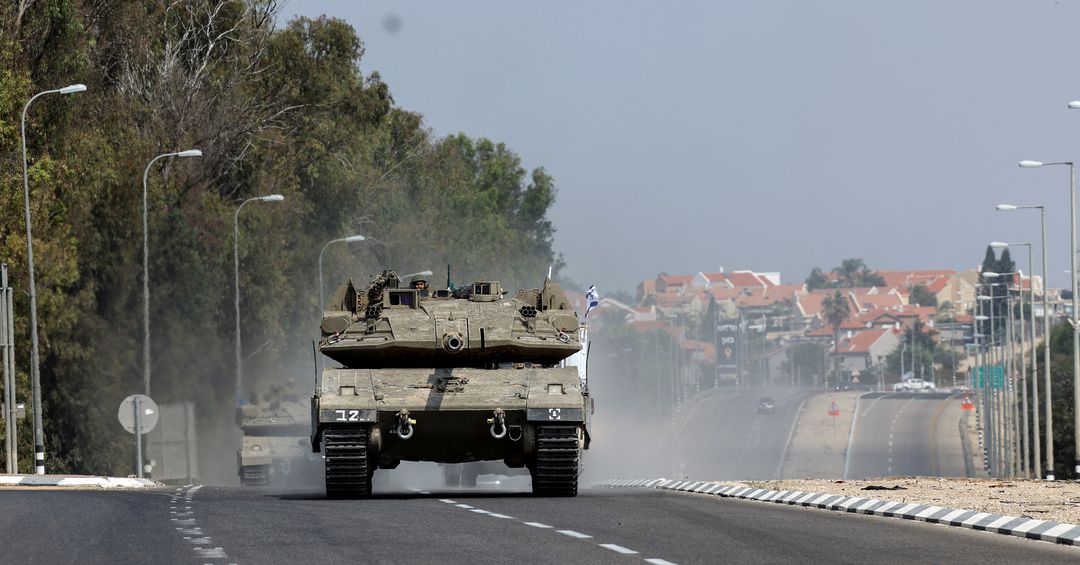
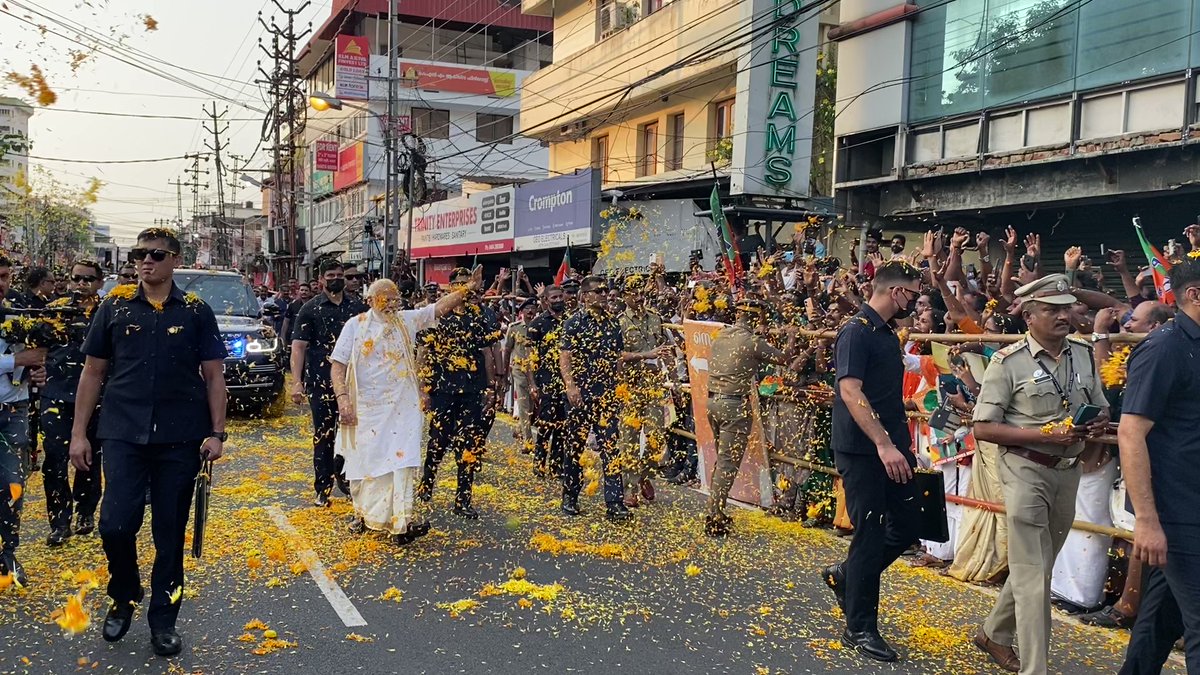
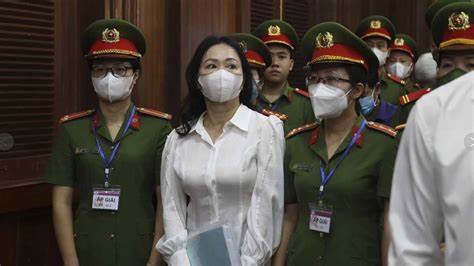






Comments (0)